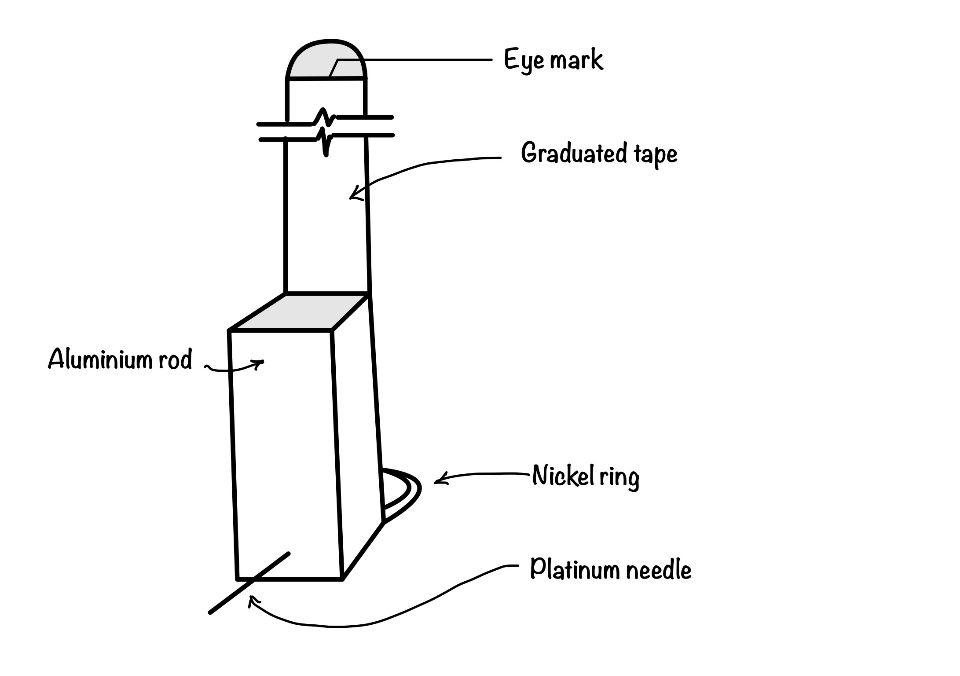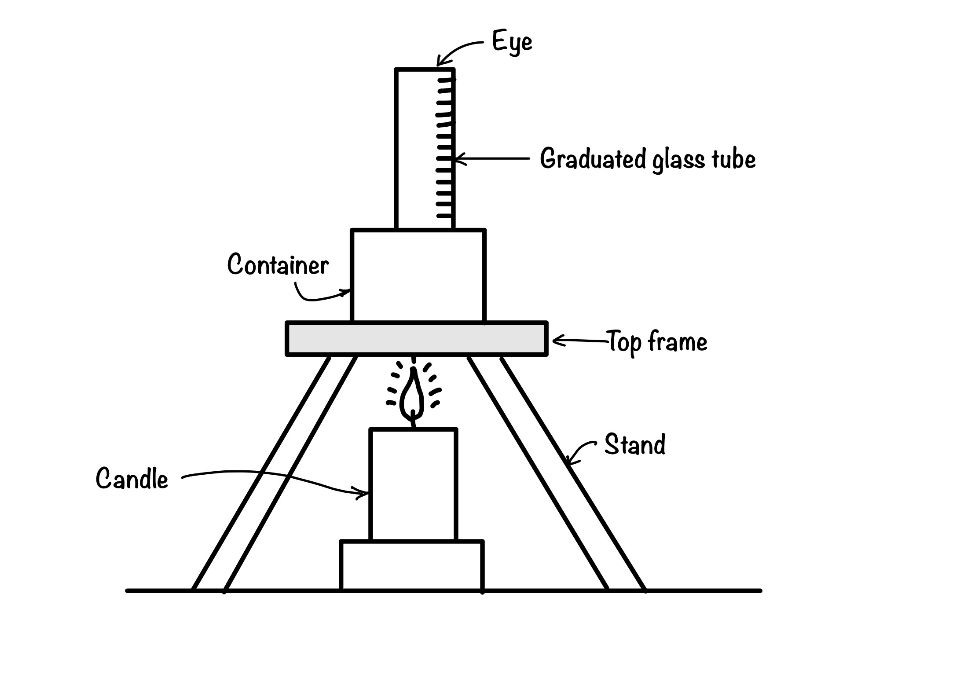When you see cloudiness in water, you don’t prefer to drink that. Are you curious about the mysterious cloudiness of water? Do you wonder what are the causes and the measurement procedure? In this post, you will uncover the secrets behind turbidity in water, including its various sources, such as clay, silt, and organic matter. Not only will you learn how to measure it, but you’ll also discover the potential impacts of high turbidity levels on the environment and human health. So, whether you are a water quality professional, researcher, or just curious about the cause, impact, and measurement, this article will provide you with the knowledge you need to understand this important topic. So, brace yourself for an enlightening journey into the depths of turbid water.
Sources of turbidity
In water it can come from various sources, such as clay, silt, rock fragments, metal oxides, vegetable fibers, and microorganisms. These suspended particles can make the water cloudy and difficult to see through.
Impacts of turbidity
Turbidity in water can have a variety of negative effects on the environment and human health. Below are some key impacts of high turbidity levels to be aware of:
- Aquatic life: Water’s turbidity interferes with sunlight’s penetration in natural water bodies, affecting photosynthesis and inhibiting the growth of aquatic life.
- Aesthetic: Turbid water is aesthetically displeasing and can be unappealing to look at.
- Adsorption Sites: Colloidal materials associated with it can provide adsorption sites for chemicals that cause undesirable tastes and odors.
- Cost of Treatment: It can increase the cost of water treatment for drinking and food processing.
- Difficult Removal: Disinfection of turbid waters is difficult, making it challenging to ensure water safety for human consumption.
Measurements of Turbidity
Measuring turbidity in water is an important step in understanding the quality and safety of the water we consume and use. There are several methods for measuring turbidity, each with its own advantages and disadvantages. In this section, we will explore the various methods available for measuring turbidity, including the Nephelometric method, the Jackson Turbidity unit method, the Turbidimeter method, and the Formazin Turbidity Unit (FTU) method. We will discuss the principles of each method, their applications, and the pros and cons of each approach.
- Turbidity rod
- Jackson Turbidity unit
- Nephelometry turbidity unit
- Baylis turbidimeter
Turbidity rod
Principle: The principle of the turbidity rod method is measuring the amount of light scattered by suspended particles in a water sample. You can measure turbidity using a turbidity rod with a graduated scale.

This method is the field method. It consists of a graduated aluminum rod having a platinum needle at its tip. The standard platinum needle is 1 mm in diameter and 25 mm long. The turbidity rod immerses in a water sample to calculate the turbidity.
Procedure: The graduated aluminum rod has to immerse in water gradually. the point where the platinum needle is invisible is the turbidity of water. and it gives the turbidity in ppm on silica standard. And this unit is equivalent to 1mg of finely divided silica mixed in 1lit. of distilled water.
Jackson Turbidity unit Jackson’s candle turbidimeter
Principle: Jackson turbid unit consists of a calibrated glass tube. It connects with a Cylindrical tube holder. A standard candle attaches to the stand. the cylindrical tube holder fixes over the metallic stand. You can use this instrument in the lab. The unit is in JTU. It can measure only high turbidity i.e. > $25$ JTU
Procedure: You have to light the candle first. and then place the glass tube over it. The water sample is gradually added to the glass tube. simultaneously from the top of the tube, you observe the flames. When the flame ceases we stop the addition of water. At this stage, the height of the turbid water will provide just enough turbidity to prevent the candlelight from passing through it. Hence the height of the calibrated glass tube provides a measure of the turbidity of water.

💡 Height of water column is more for less turbid water and less for more turbid water. This turbidimeter can-not measure turbidity less than $25$ JTU.
Nephelometry turbidity unit
Principle: Modern commercial turbidimeters use on a large scale. The accuracy of this unit is more and it can measure up to less than one unit. We use it for measuring the very low turbidity of drinking water.
The light intensities measured at right angles to the incident light. A Photometer measures the intensity of light passing through the turbid water. The unit is NTU. Occasionally we use FTU ( formazin turbidity unit) to represent it. since formazin polymers use as a reference turbidity standard suspension in place of silica suspension.
Procedure: In this method, a water sample uses to scatter the light that falls on it. The photometer is placing right angle to the direction of light coming from the light source. The scatters light measures.
Baylis turbidimeter
Principle: It consists of a closed galvanized iron box. On one side of the box, two glass tubes are present vertically side by side. On the other side in front of the tube, a 250 watts electric bulb is located with a reflector. The glass tubes are supporte at bottom by a white opal glass plate and are surrounded by blue cobalt plates.
Procedure: Fill the water sample in one glass tube. Another glass is with a standard water solution of known turbidity. We light the bulb. The blue color in both tubes observes from the top of the instrument. If the color of both tubes matches then the turbidity of the sample is same as the standard sample. If the color does not match with the standard water sample we replace it until the color match. It can precisely record low turbidity.
Conclusion
Water is most essential in human life. As you know every one of us have water demand. Now this water should also have the quality is generally measured by the physical parameter of the water. Turbidity is one of them. In this post you have learned about the turbidity in water.
In this post you have learned the following points:
- Measurement: Measurement is important in raw water as compared to waste-water
- Permissible limit: As per the IS-10500 drinking water standard acceptable limit is 1NTU -5NTU. Turbidity more than 5 NTU visible to necked eye
- Appearance and acceptability: Turbid water may not cause serious health issues. but due to its look, it is not acceptable. Sometimes in high turbid water, some algae and microorganisms may cause health effects.
- Operational parameter: It can use as to monitor source water quality, the effectiveness of different water treatment operations, and the effectiveness of the distribution system.

Android Apps
⭐️ ⭐️ ⭐️ ⭐️ ⭐️ 1000+ | 400,000 + Downloads (Cumulative)
At eigenplus, our goal is to teach civil engineering students about structural analysis and design starting from the fundamental principles. We do this with the help of interactive android applications and accompanying web articles and videos.
Our apps have helped more than 400 thousand students across the world to understand and learn the concepts of structural engineering. Check out our apps on the google play store.
This article was crafted by a group of experts at eigenplus to ensure it adheres to our strict quality standards. The individuals who contributed to this article are:
Author

Suprabha Panda
M.Tech
She is an assistant professor with masters in Environmental Engineering.

